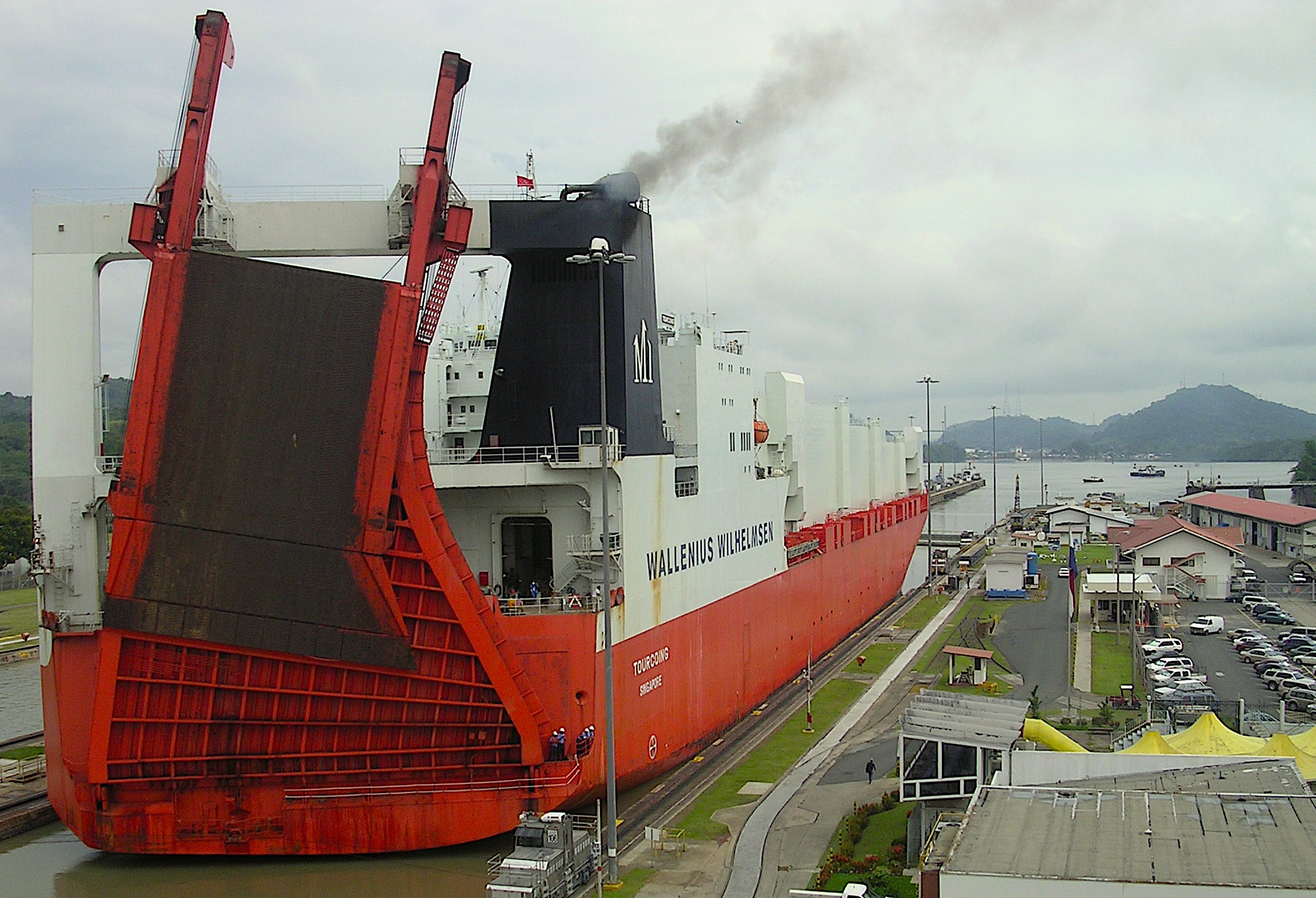Looking for a Good Local Spot for Spot?

Stick with a winner. Some juvenile saltmarsh fishes reoccupy the same areas for weeks and even months.
If you saw our post from a couple weeks back, you read how in 2018 spot were among the top five harvested recreational species by weight and by number. In fact, in looking at the 10-year average, recreational anglers have harvested more spot in North Carolina than any other species.
Fall ushers in large concentrations of these fish on the go — but do they ever retrace the same waters?
Research Need
In estuarine ecosystems, the timing and extent of migrations vary among species and life stages of fishes. Such factors as availability of food resources and vulnerability to predators drive fishes from open water and channels into intertidal areas. An understanding of fish movements — especially the levels of activity, speed and direction, destinations, and periods of occupancy — is essential for management and for creation of habitats that support saltmarsh fishes.
What did they study?
Researchers wanted to determine whether juvenile stages of common transient fish, including spot, have a tendency to occupy the same intertidal saltmarsh creeks and over the same seasonal period. During summer seasons in 2008 and 2012, scientists tagged fish from three intertidal saltmarsh creeks within the North Inlet Estuary in South Carolina. They then tried to recapture the fish several weeks later to determine movements, if any, between the creeks.
The team used a seine for shallower areas and a small otter trawl for the mid-creek areas to collect samples mostly during summer and fall months, when transient young-of-the-year typically are most abundant in the estuary. Scientists compared the patterns among species (spot, silver perch, pigfish, pinfish and mullets) and locations to determine the extent of repeated habitat use.
What did they find?
The tendency to reoccupy particular creeks appears to be strong. Considering all three creeks together, the percentages of tagged fish recaptured at original tagging locations was high. In 2008, scientists recaptured greater than 60% of three fish species combined (spot, silver perch and mullets) at the original location. Spot demonstrated the highest fidelity (repeated use) with an 89% recapture rate at the tagging site.
The trend was the same for 2012 sampling. Site fidelity was greater than 65% for spot, silver perch, pinfish and pigfish. Scientists recaptured 67% of spot in the same creeks that were original tagging sites.
For the two study years, the overall average of spot site fidelity was 78%. But this doesn’t mean the fish weren’t mobile. The capture of tagged fish in trawls in the channel outside of the intertidal creek pools provided evidence for tidal movements between the intertidal and subtidal areas.
The Take-Home
The research team demonstrated these saltmarsh fish species reoccupy intertidal creeks over weeks or months.
Greater rates of repeated use suggest that some creeks are of a higher habitat quality and that they consistently support more of these fishes than other creeks. High site fidelity might indicate that food, refuge, or environmental conditions encourage occupancy or repeat visitation rather than provoke exploration for better conditions elsewhere.
For fisheries managers, the research team suggests using site fidelity as another metric for identifying and evaluating essential fish habitat. For coastal anglers, I think it means if you find a honey hole for spot, you might want to stick with it — and not divulge the location of your secret place.
But in all seriousness, that location probably represents valuable fish habitat, so do your part to reduce impacts.
Reading
Garwood, J.A., Allen, D.M., Kimball, M.E., and K.M. Boswell. 2019. “Site Fidelity and Habitat Use by Young-of-the-Year Transient Fishes in Salt Marsh Intertidal Creeks.” Estuaries and Coasts 42:1387–1396.
The NSF Ecosystem Studies Program award DEB-0427853 partially supported the 2008 field experiment. A Baruch Marine Field Laboratory Visiting Scientist Award to K. M. Boswell partially supported the 2012 fieldwork.
Summary compiled by Sara Mirabilio
Lead photo by Sara Mirabilio
The text from Hook, Line & Science is available to reprint and republish, but only in its entirety and with this attribution: Hook, Line & Science, courtesy of Scott Baker and Sara Mirabilio, North Carolina Sea Grant. HookLineScience.com
- Categories:



